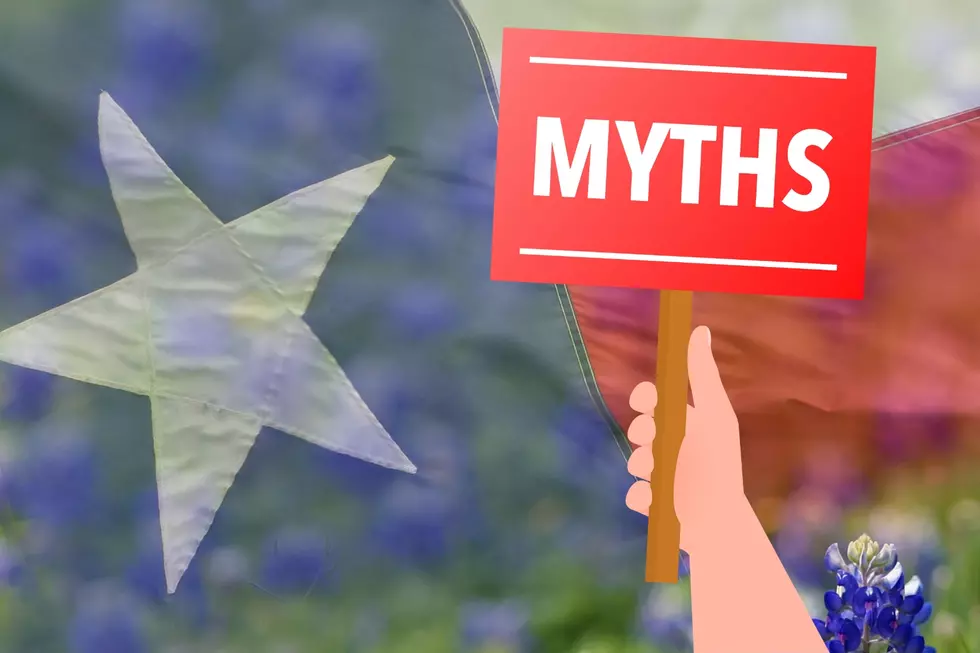
Why Leap Years Matter: Keeping Our Calendars Aligned With Earth
Ever found yourself wondering why February gets an extra day tacked on every four years? That's the magic of a leap year, a concept that's as interesting as it is necessary for keeping our calendars in line with Earth's journey around the Sun.

Let's break down what a leap year is in a way that won't make your head spin.
LOOK: WHY LEAP YEARS MATTER - KEEPING OUR CALENDARS ALIGNED WITH EARTH
An article from USA Today spells it all out. At its core, a leap year is a year that has 366 days, instead of the usual 365. This extra day is added to the end of February, giving it 29 days instead of 28. But why the need for the extra day? It all boils down to the fact that Earth doesn't orbit the Sun in a neat 365 days; it takes about 365.24 days.
This might not seem like a big deal, but over time, this extra quarter of a day adds up. Without leap years, our calendar would slowly drift out of sync with the seasons. Imagine celebrating Christmas in the middle of summer.
The rule for determining a leap year is pretty straightforward: if the year can be evenly divided by 4, it's a leap year. However, there's a catch for centuries (years ending in 00). These years need to be divisible by 400 to be leap years.
Leap years are our way of keeping time in check, making sure that our calendars reflect Earth's annual voyage around the Sun. It's a clever solution to a celestial quirk that has been observed for thousands of years. So the next time February 29 rolls around, you'll know it's more than just an extra day. It's making sure that our time stays aligned with the natural world.
Look: 12 Awesome Places To Host A Birthday Party In Abilene
Gallery Credit: Brad Elliott






